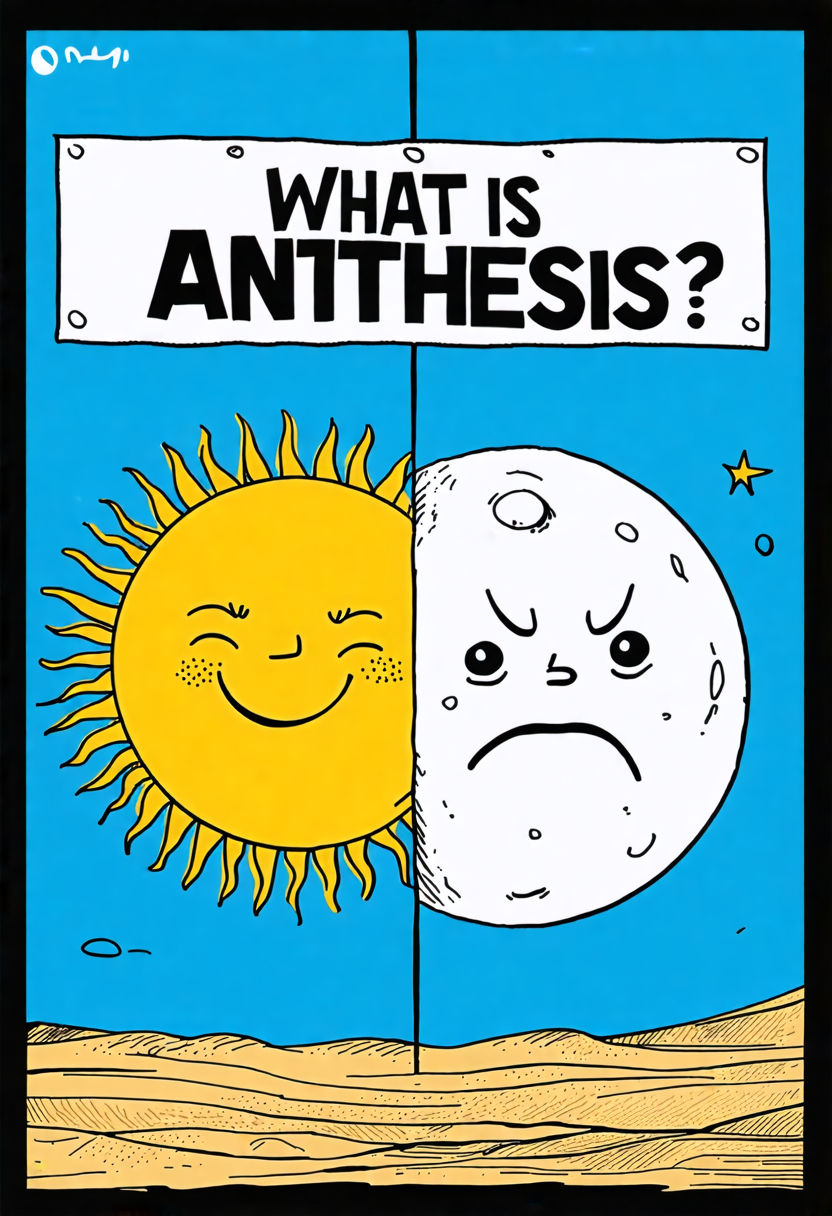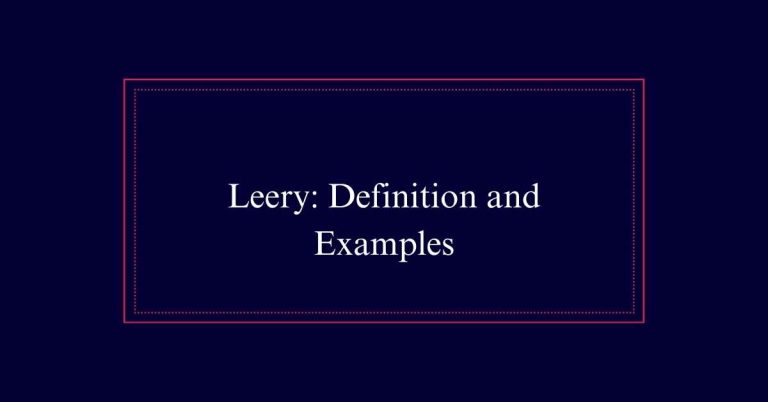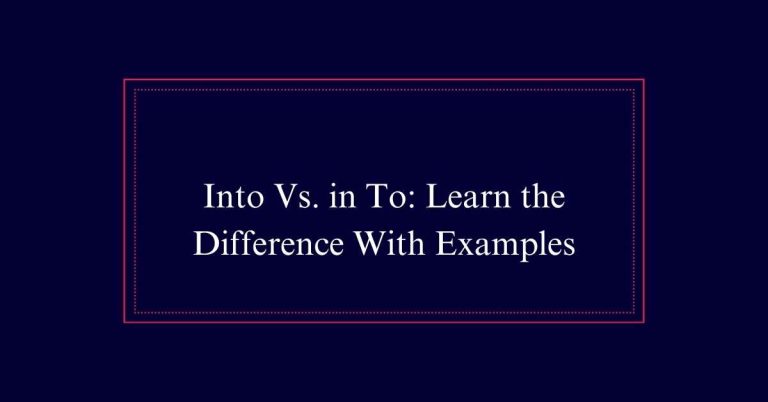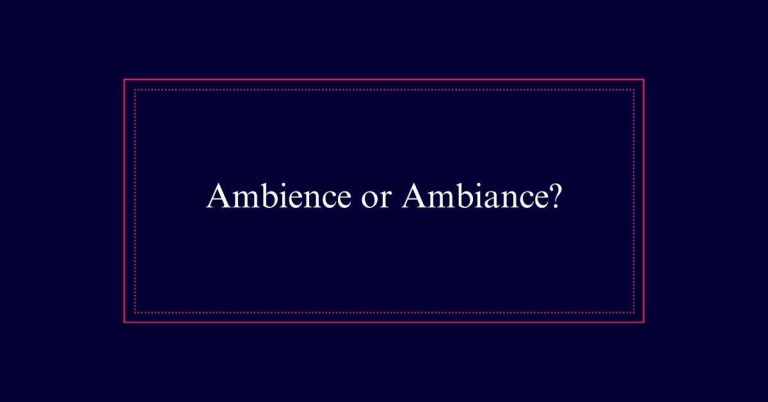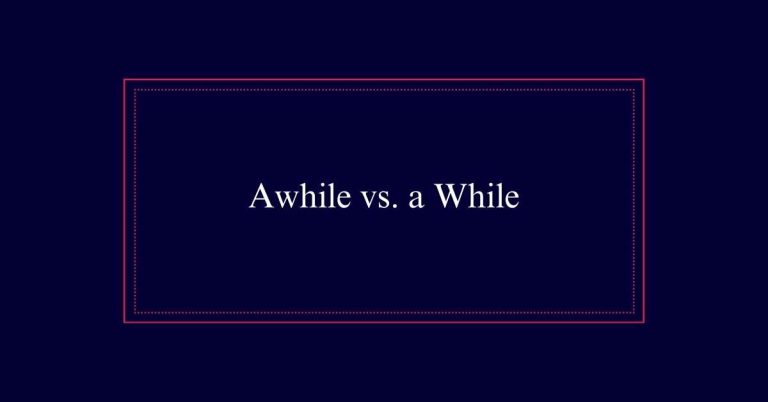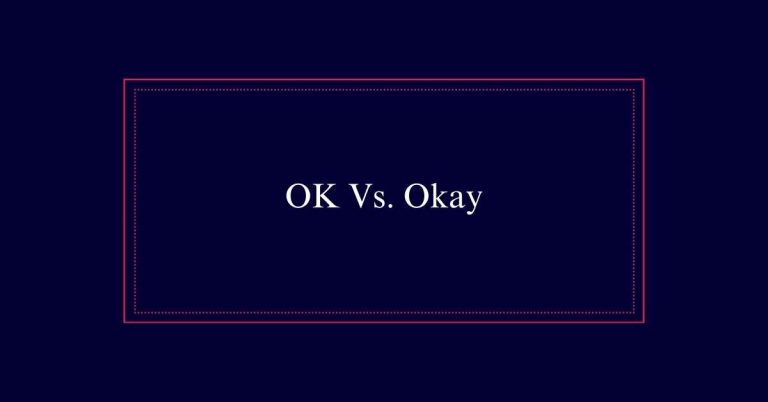What Is Antithesis?
Antithesis is a literary device that reveals the full potential of two opposing ideas through parallel structures, enhancing the clarity and impact of a message. Originating from the Greek word ‘antitithenai’, it brings dramatic tension and emphasis by highlighting differences. Writers use antithesis to make their arguments compelling and memorable, often seen in speeches and literary works like Kennedy’s Inaugural Address and Shakespeare’s ‘Hamlet’.
Effective use of antithesis involves careful balancing of grammar and content, ensuring that the contrasting ideas are clear and impactful.
Definition of Antithesis
Antithesis is a literary device that emphasizes contrast by placing opposing ideas in parallel structures. This technique creates a stark contrast between two ideas, making the differences more noticeable.
According to Merriam-Webster, it refers to the direct opposite. The Greek origin of the word means ‘setting opposite.’ Antithesis employs a parallel grammatical structure, which not only highlights the dramatic qualities of the content but also produces a compelling rhythm for readers.
It is particularly effective in making writing memorable and persuasive. Examples from literature and speeches, such as those by Charles Dickens and Martin Luther King Jr., showcase its power in enhancing rhetoric.
Origins and Meaning
Building on the definition of antithesis, it is useful to explore its origins and meaning to fully grasp its significance in writing. Antithesis originates from the Greek word ‘antitithenai,’ meaning ‘to set opposite.’ This rhetorical device has been used since ancient times to highlight stark contrasts and create memorable effects in literature and speeches.
Key points about the origins and meaning of antithesis include:
- Greek roots: Derived from ‘antitithenai,’ emphasizing opposition.
- Ancient use: Employed by Greek philosophers and writers.
- Purpose: Highlights contrasts to convey strong messages.
- Effectiveness: Creates dramatic tension and rhythm.
Grammatical Structure
The grammatical structure of antithesis relies on the use of parallelism to emphasize contrasting ideas. This means that both parts of the antithesis must have a similar grammatical format, creating balance and symmetry. This structure enhances the impact of the contrasting ideas by making them more memorable and engaging.
Here’s a table to illustrate how parallelism works in antithesis:
| Antithesis Example | Grammatical Structure |
|---|---|
| ‘It was the best of times, it was the worst of times.’ | Parallel phrases: ‘It was the…’ |
| ‘Give me liberty, or give me death.’ | Parallel commands: ‘Give me… |
| ‘Many are called, but few are chosen.’ | Parallel clauses: ‘Many are…, but few are…’ |
Dramatic Qualities
Creating a striking contrast, antithesis adds a dramatic flair that captivates readers. By juxtaposing opposing ideas, it sharpens the focus on each element and enhances the impact of the message. This stylistic device can transform ordinary sentences into compelling statements, making the writing more engaging and thought-provoking.
- Heightened Tension: By presenting conflicting ideas, antithesis builds suspense and keeps readers intrigued.
- Emotional Impact: It evokes strong emotions by highlighting contrasts, making the reader feel the disparity.
- Rhythmic Appeal: The parallel structure creates a pleasing rhythm, enhancing readability.
- Clear Emphasis: Antithesis draws attention to key differences, making the writer’s point more clear and persuasive.
Making Writing Memorable
By highlighting stark contrasts, antithesis not only adds dramatic flair but also makes writing more memorable. This technique captures attention and engages the reader. By setting opposing ideas against each other, writers can create a lasting impact. It helps to emphasize key points and makes arguments more compelling.
For instance, Charles Dickens’ ‘It was the best of times, it was the worst of times’ remains unforgettable due to its antithetical structure. Additionally, the rhythm created by parallel structures in antithesis enhances readability. The clear distinction between opposing ideas sticks in the reader’s mind.
Used strategically, antithesis can turn ordinary writing into something notable and thought-provoking, ensuring that messages linger long after they are read.
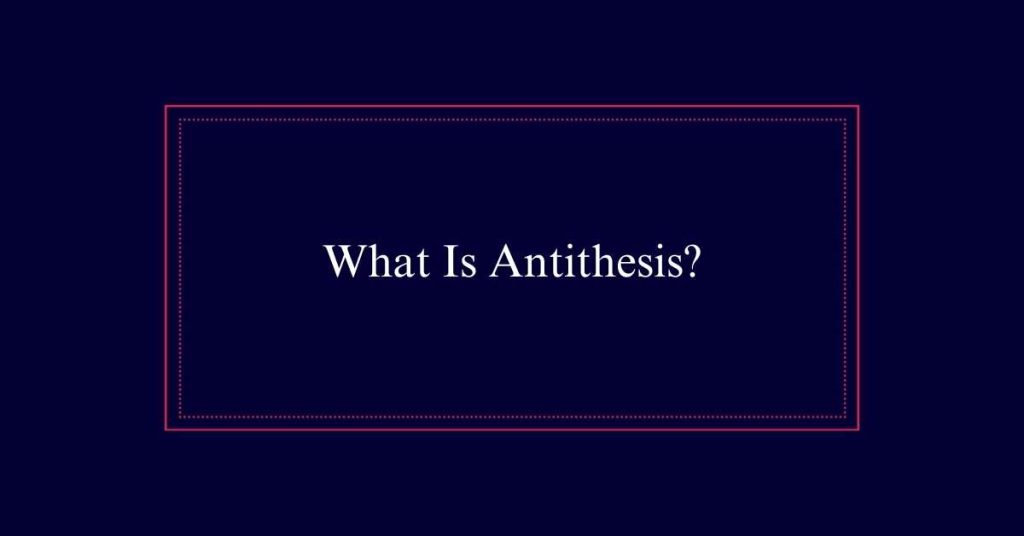
Rhetorical Effectiveness
Rhetorical effectiveness in writing often hinges on the strategic use of antithesis to highlight contrasting ideas. This technique captures readers’ attention and underscores key points.
By juxtaposing opposites, writers can convey complex concepts in an engaging manner. The use of antithesis provides several advantages:
- Clarity: Simplifies complex ideas by presenting clear contrasts.
- Engagement: Keeps readers interested through dynamic contrasts.
- Emphasis: Highlights the importance of specific ideas.
- Persuasion: Strengthens arguments by showcasing opposing viewpoints.
These benefits make antithesis a powerful rhetorical device. It not only clarifies meaning but also enhances the emotional and intellectual impact of the writing. When used effectively, antithesis can transform ordinary prose into compelling and persuasive communication.
Strategic Use
To maximize the benefits of antithesis, writers must use it strategically to enhance their arguments and engage their audience effectively. Antithesis is powerful when it highlights key contrasts that support the writer’s main points. Careful placement within a text guarantees that the contrasts are clear and impactful.
For instance, using antithesis at the beginning or end of a paragraph can emphasize important ideas. Additionally, maintaining a balance is essential; overuse can make the writing seem forced and reduce its effectiveness. Writers should aim for a natural integration of antithesis, ensuring it complements the overall message.
Antithesis Vs. Juxtaposition
Understanding the distinction between antithesis and juxtaposition is essential for mastering effective writing techniques.
Juxtaposition places two objects side by side to highlight their differences or similarities. It is a broad literary device encompassing various forms, including but not limited to antithesis.
Antithesis, on the other hand, is a specific type of juxtaposition that places direct opposites together to create a striking contrast.
Recognizing these differences helps writers choose the right tool to enhance their narrative, making it more engaging and effective. This understanding enriches the reader’s experience by emphasizing key points clearly.
Antithesis Vs. Parallelism
While juxtaposition broadly highlights differences, antithesis and parallelism work together to sharpen contrasts through structured grammar.
Antithesis relies on parallelism to emphasize opposing ideas within a sentence. For instance, ‘It was the best of times, it was the worst of times’ uses a parallel grammatical structure to contrast two extremes.
Parallelism, however, does not inherently deal in opposites. It simply involves using the same grammatical structure in multiple clauses, like ‘easy come, easy go’.
Consequently, while all antitheses employ parallelism, not all parallel structures create antithesis. The synergy between these two techniques can enhance the impact of the message, making it more memorable and persuasive.
Hence, understanding both is essential for effective writing.
Examples in Literature and Speeches
Many renowned works of literature and speeches showcase the power of antithesis. This literary device captures attention and emphasizes stark contrasts. Here are notable examples:
- Charles Dickens’ ‘A Tale of Two Cities’:
‘It was the best of times, it was the worst of times.’
- Martin Luther King Jr.’s ‘I Have a Dream’ speech:
‘I have a dream that my four little children will one day live in a nation where they will not be judged by the color of their skin but by the content of their character.’
- John F. Kennedy’s Inaugural Address:
‘Ask not what your country can do for you—ask what you can do for your country.’
- William Shakespeare’s ‘Hamlet’:
‘To be, or not to be, that is the question.’
These examples show how antithesis can create memorable and impactful writing.
